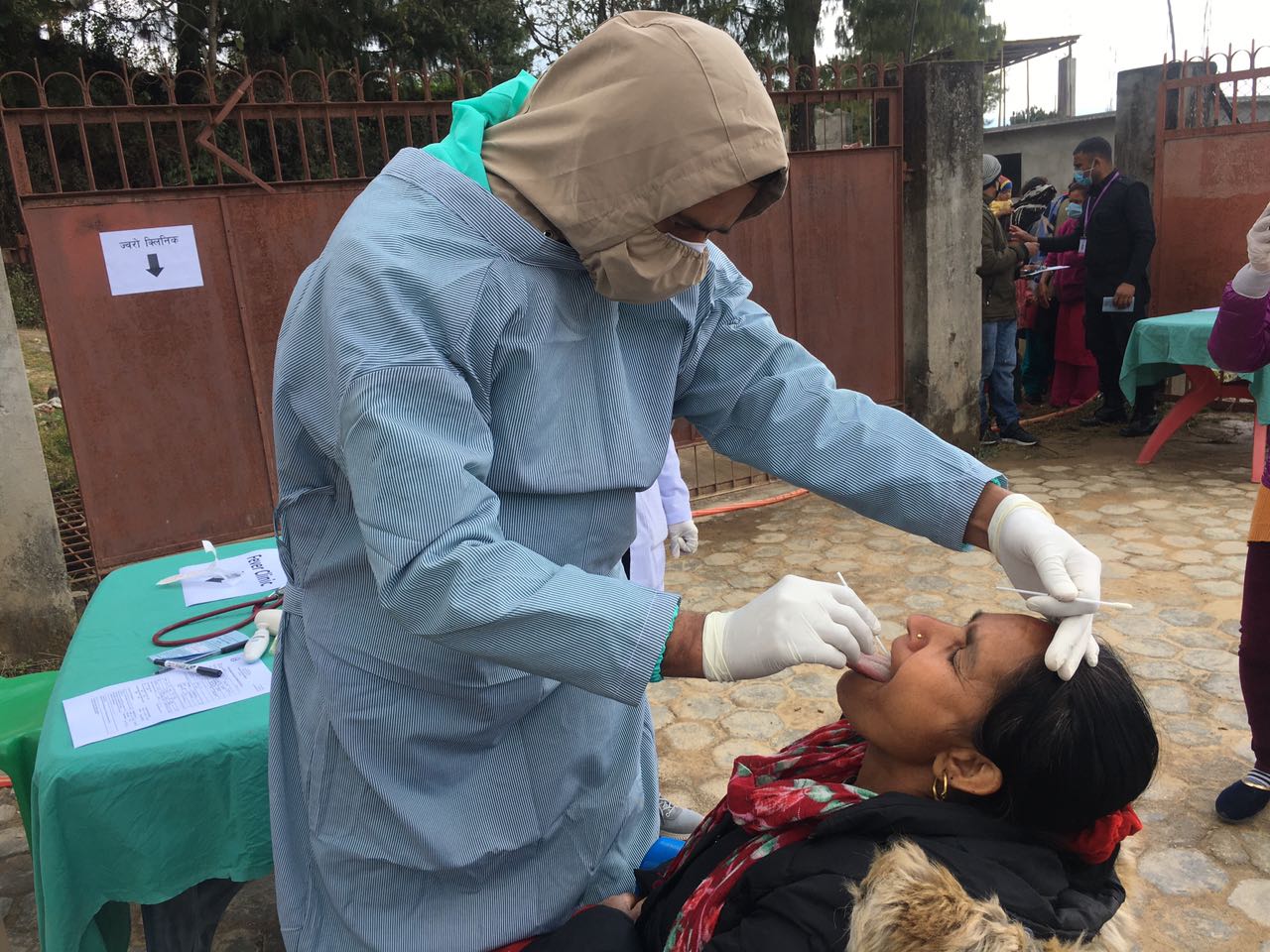‘Test, trace, test to arrest COVID transmission’
Kathmandu, May 4
Detection of 15 positive coronavirus cases in a single day in Nepalgunj yesterday has lent credence to calls made by health professionals to ramp up tests to track down asymptomatic COVID-19 patients.
Nepalgunj didn’t have a single COVID-19 case until Friday when a 60-year-old male, who had returned from Nanpara, India, tested positive. The city authorities then immediately traced contacts of the new patient and conducted tests among 90 people, of whom eight males and seven females were found to have contracted the disease.
Had we not conducted tests immediately, we probably would not have been able to detect additional cases as all of the coronavirus patients were asymptomatic,” said Nepalgunj Mayor Dhawal Shamsher Rana.
Nepal has detected 75 coronavirus cases so far, with Province 1 recording the highest number of patients (31), followed by Province 5 (17) and Province 3 (13). Karnali Province has not recorded any coronavirus case so far.
But many health experts wonder whether Karnali’s success in remaining COVID-free province and discovery of very few coronavirus cases elsewhere are the result of low number of tests.
As of today, Nepal has performed 64,485 tests to trace coronavirus patients. But 79 per cent of these tests were conducted using rapid diagnostic kits, which do not generate reliable results. The remaining tests were done using polymerase chain reaction method, which is much more reliable.
Nepal first started performing PCR tests on January 28. Since then 13,640 PCR tests have been performed. This means Nepal, on average, has performed around 139 PCR tests per day. The number of tests, according to health professionals, is not enough.
“At least 1,000 samples should be tested in a day using PCR method,” said epidemiologist and public health expert Sujan Marahatta. The number suggested by Marahatta is seven times more than average number of PCR tests being performed at the moment. “This will help us understand the exact situation of the contagion,” he said.
Nepal has clamped a lockdown since March 24 to prevent the spread of the disease, which has claimed close to 240,000 lives and infected over 3.5 million worldwide. The nationwide lockdown was supposed to provide an opportunity to the government to rapidly increase the number of tests so that the infected could be isolated, paving the way for gradual reopening of the economy, which has been badly bruised. But the government has neither intensified testing nor strengthened the healthcare system to prepare the country for the worst.
“It is now time that everyone with muscle pain, fever or dry cough found in the radius of two kilometres of the coronavirus hotspots such as Udayapur and Nepalgunj be tested,” said Shravan Kumar Mishra, virologist at National Public Health Laboratory. “If anyone of them tests positive, his or her contacts must be traced and they too should be tested.”
Lately, many are also suggesting that everyone living in the vicinity of coronavirus hotspots be tested, regardless of the symptoms, as over 80 per cent of Nepalis who have tested positive for COVID-19 are asymptomatic and pose a bigger threat to society.
“The possibility of finding more asymptomatic cases cannot be ruled out,” said Kiran Raj Pandey, internal medicine physician, health services and public health researcher at HAMS Hospital. “To trace asymptomatic patients, we must conduct more tests, trace contacts of those who test positive and test them as well. Unless we expand testing and trace contacts of those infected, we can’t prevent the spread of the infection.”
According to Pandey, the government must set a target of carrying out about 5,000 tests per day. “If possible, we should use mobile vans to test samples in different communities,” said Pandey.
If these measures are not taken, coronavirus cases might suddenly explode in cities, such as Kathmandu, Chitwan, Pokhara and Biratnagar, where population density is high, warned Anup Bastola, consultant tropical medicine at Sukraraj Tropical and Infectious Disease Hospital.
A version of this article appears in e-paper on May 5, 2020 of The Himalayan Times.






